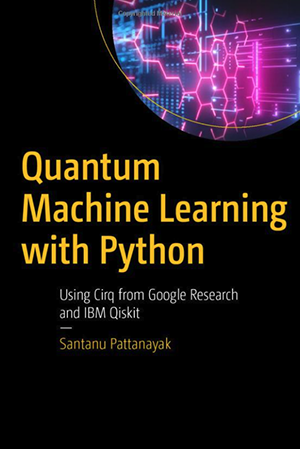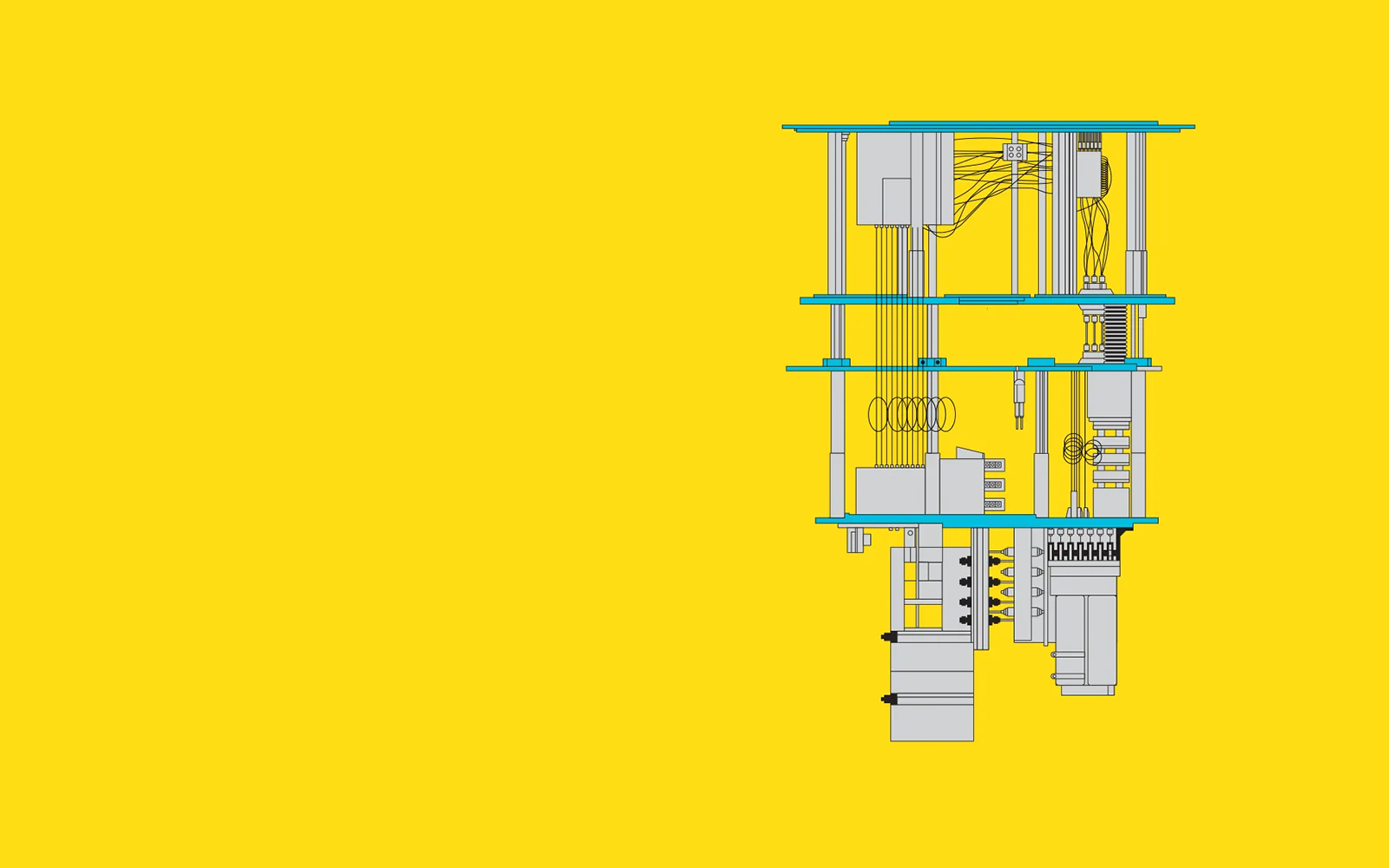
Library
Quantum Computing
Michael A. Nielsen
Quantum Computation and Quantum Information
One of the most cited books in physics of all time, Quantum Computation and Quantum Information remains the best textbook in this exciting field of science. This 10th anniversary edition includes an introduction from the authors setting the work in context. This comprehensive textbook describes such remarkable effects as fast quantum algorithms, quantum teleportation, quantum cryptography and quantum error-correction. Quantum mechanics and computer science are introduced before moving on to describe what a quantum computer is, how it can be used to solve problems faster than ‘classical' computers and its real-world implementation. It concludes with an in-depth treatment of quantum information. Containing a wealth of figures and exercises, this well-known textbook is ideal for courses on the subject, and will interest beginning graduate students and researchers in physics, computer science, mathematics, and electrical engineering.
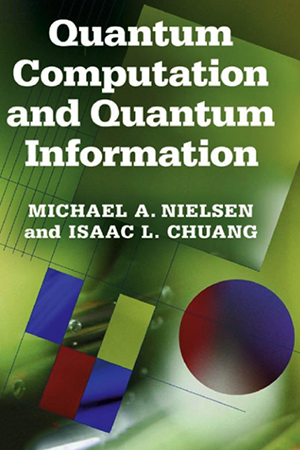
Makhamisa Senekane
Hands-On Quantum Information Processing with Python
Explore the potential of quantum information processing and understand the state of a quantum system with this practical guide Key Features: Get well-versed with quantum information processing using Python Understand the basics of quantum cryptography by implementing quantum key distribution protocols in Python Implement well-known games such as the CHSH and GHZ games using quantum strategies and techniques Book Description: Quantum computation is the study of a subclass of computers that exploits the laws of quantum mechanics to perform certain operations that are thought to be difficult to perform on a non-quantum computer. Hands-On Quantum Information Processing with Python begins by taking you through the essentials of quantum information processing to help you explore its potential. Next, you'll become well-versed with the fundamental property of quantum entanglement and find out how to illustrate this using the teleportation protocol. As you advance, you'll discover how quantum circuits and algorithms such as Simon's algorithm, Grover's algorithm, and Shor's algorithm work, and get to grips with quantum cryptography by implementing important quantum key distribution (QKD) protocols in Python. You will also learn how to implement non-local games such as the CHSH game and the GHZ game by using Python. Finally, you'll cover key quantum machine learning algorithms, and these implementations will give you full rein to really play with and fully understand more complicated ideas. By the end of this quantum computing book, you will have gained a deeper understanding and appreciation of quantum information. What You Will Learn: Discover how quantum circuits and quantum algorithms work Familiarize yourself with non-local games and learn how to implement them Get to grips with various quantum computing models Implement quantum cryptographic protocols such as BB84 and B92 in Python Explore entanglement and teleportation in quantum systems Find out how to measure and apply operations to qubits Delve into quantum computing with the continuous-variable quantum state Get acquainted with essential quantum machine learning algorithms Who this book is for: This book is for developers, programmers, or undergraduates in computer science who want to learn about the fundamentals of quantum information processing. A basic understanding of the Python programming language is required, and a good grasp of math and statistics will be useful to get the best out of this book.
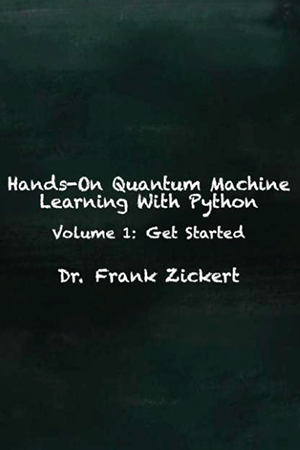
Eric R. Johnston
Programming Quantum Computers
Quantum computers are set to kick-start a second computing revolution in an exciting and intriguing way. Learning to program a Quantum Processing Unit (QPU) is not only fun and exciting, but it's a way to get your foot in the door. Like learning any kind of programming, the best way to proceed is by getting your hands dirty and diving into code. This practical book uses publicly available quantum computing engines, clever notation, and a programmer’s mindset to get you started. You'll be able to build up the intuition, skills, and tools needed to start writing quantum programs and solve problems that you care about.
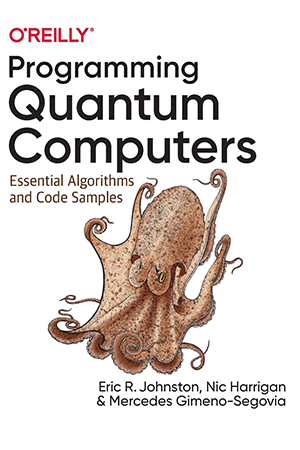
Ivan Djordjevic
Quantum Information Processing and Quantum Error Correction
Quantum Information Processing and Quantum Error Correction is a self-contained, tutorial-based introduction to quantum information, quantum computation, and quantum error-correction. Assuming no knowledge of quantum mechanics and written at an intuitive level suitable for the engineer, the book gives all the essential principles needed to design and implement quantum electronic and photonic circuits. Numerous examples from a wide area of application are given to show how the principles can be implemented in practice. This book is ideal for the electronics, photonics and computer engineer who requires an easy- to-understand foundation on the principles of quantum information processing and quantum error correction, together with insight into how to develop quantum electronic and photonic circuits. Readers of this book will be ready for further study in this area, and will be prepared to perform independent research. The reader completed the book will be able design the information processing circuits, stabilizer codes, Calderbank-Shor-Steane (CSS) codes, subsystem codes, topological codes and entanglement-assisted quantum error correction codes; and propose corresponding physical implementation. The reader completed the book will be proficient in quantum fault-tolerant design as well. Unique Features Unique in covering both quantum information processing and quantum error correction - everything in one book that an engineer needs to understand and implement quantum-level circuits. Gives an intuitive understanding by not assuming knowledge of quantum mechanics, thereby avoiding heavy mathematics. In-depth coverage of the design and implementation of quantum information processing and quantum error correction circuits. Provides the right balance among the quantum mechanics, quantum error correction, quantum computing and quantum communication. Dr. Djordjevic is an Assistant Professor in the Department of Electrical and Computer Engineering of College of Engineering, University of Arizona, with a joint appointment in the College of Optical Sciences. Prior to this appointment in August 2006, he was with University of Arizona, Tucson, USA (as a Research Assistant Professor); University of the West of England, Bristol, UK; University of Bristol, Bristol, UK; Tyco Telecommunications, Eatontown, USA; and National Technical University of Athens, Athens, Greece. His current research interests include optical networks, error control coding, constrained coding, coded modulation, turbo equalization, OFDM applications, and quantum error correction. He presently directs the Optical Communications Systems Laboratory (OCSL) within the ECE Department at the University of Arizona. Provides everything an engineer needs in one tutorial-based introduction to understand and implement quantum-level circuits Avoids the heavy use of mathematics by not assuming the previous knowledge of quantum mechanics Provides in-depth coverage of the design and implementation of quantum information processing and quantum error correction circuits
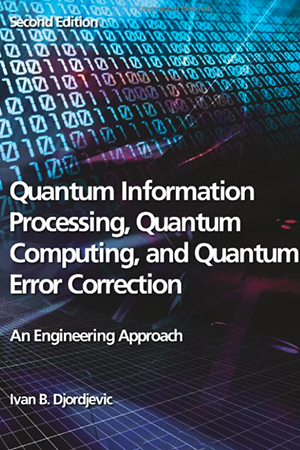
National Academies of Sciences, Engineering, and Medicine
Quantum Computing
Quantum mechanics, the subfield of physics that describes the behavior of very small (quantum) particles, provides the basis for a new paradigm of computing. First proposed in the 1980s as a way to improve computational modeling of quantum systems, the field of quantum computing has recently garnered significant attention due to progress in building small-scale devices. However, significant technical advances will be required before a large-scale, practical quantum computer can be achieved. Quantum Computing: Progress and Prospects provides an introduction to the field, including the unique characteristics and constraints of the technology, and assesses the feasibility and implications of creating a functional quantum computer capable of addressing real-world problems. This report considers hardware and software requirements, quantum algorithms, drivers of advances in quantum computing and quantum devices, benchmarks associated with relevant use cases, the time and resources required, and how to assess the probability of success.
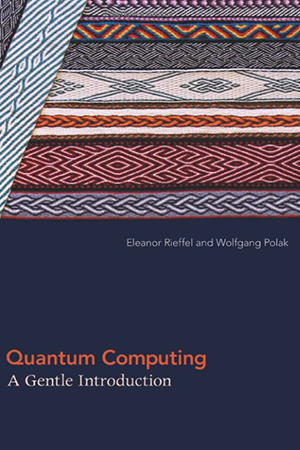
Carl J Pratt
Quantum Physics for Beginners
Do you want to know the principles that govern everything around you? Have you always been curious about quantum physics and its mysteries but you don't know where to begin? You have found the right place, your journey to learn quantum physics starts now! In this book you will find: What quantum physics is, the history and most famous experiments and achievements in quantum mechanics. Wave-particle duality dilemma. Heisenberg uncertainty principle. Schrodinger's equation. Quantum fields theory. Introduction to string theory. Real-world applications: Quantum computing, Quantum key distribution... And much more! Even if this is the first time that you are hearing these terms don't be scared by the big words. ★This book makes quantum physics easy, accessible and interesting for everyone.★ Are you ready? Let's deep dive into quantum physics today! Click ★BUY NOW★ and start your journey!
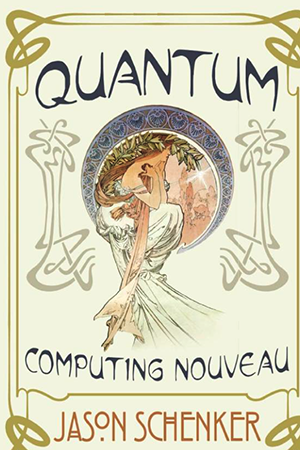
Chris Bernhardt
Quantum Computing for Everyone
An accessible introduction to an exciting new area in computation, explaining such topics as qubits, entanglement, and quantum teleportation for the general reader. Quantum computing is a beautiful fusion of quantum physics and computer science, incorporating some of the most stunning ideas from twentieth-century physics into an entirely new way of thinking about computation. In this book, Chris Bernhardt offers an introduction to quantum computing that is accessible to anyone who is comfortable with high school mathematics. He explains qubits, entanglement, quantum teleportation, quantum algorithms, and other quantum-related topics as clearly as possible for the general reader. Bernhardt, a mathematician himself, simplifies the mathematics as much as he can and provides elementary examples that illustrate both how the math works and what it means. Bernhardt introduces the basic unit of quantum computing, the qubit, and explains how the qubit can be measured; discusses entanglement—which, he says, is easier to describe mathematically than verbally—and what it means when two qubits are entangled (citing Einstein's characterization of what happens when the measurement of one entangled qubit affects the second as “spooky action at a distance”); and introduces quantum cryptography. He recaps standard topics in classical computing—bits, gates, and logic—and describes Edward Fredkin's ingenious billiard ball computer. He defines quantum gates, considers the speed of quantum algorithms, and describes the building of quantum computers. By the end of the book, readers understand that quantum computing and classical computing are not two distinct disciplines, and that quantum computing is the fundamental form of computing. The basic unit of computation is the qubit, not the bit.
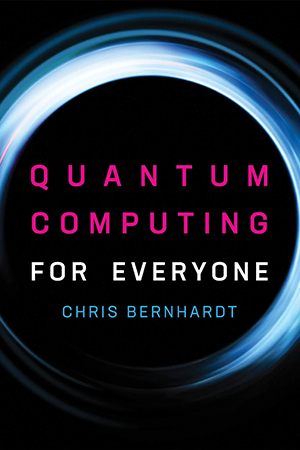
Frank Zickert
Hands-On Quantum Machine Learning With Python
You're interested in quantum computing and machine learning. But you don't know how to get started? Let me help! Whether you just get started with quantum computing and machine learning or you're already a senior machine learning engineer, Hands-On Quantum Machine Learning With Python is your comprehensive guide to get started with Quantum Machine Learning - the use of quantum computing for the computation of machine learning algorithms. Quantum computing promises to solve problems intractable with current computing technologies. But is it fundamentally different and asks us to change the way we think. Hands-On Quantum Machine Learning With Python strives to be the perfect balance between theory taught in a textbook and the actual hands-on knowledge you'll need to implement real-world solutions. Inside this book, you will learn the basics of quantum computing and machine learning in a practical and applied manner.
